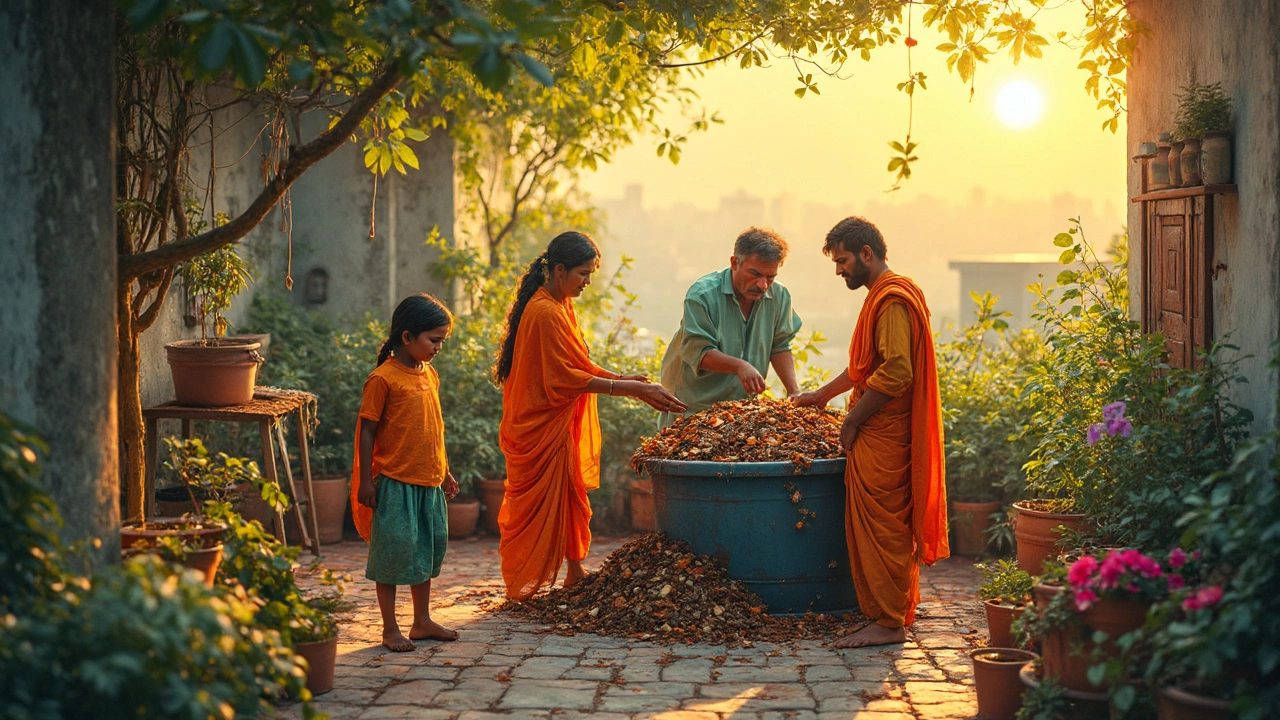Composting is a great way to recycle organic waste and enrich soil, but it's not without its challenges. From smell and pest issues to the time commitment and space requirements, there are several drawbacks to consider. However, with the right tips and tricks, you can overcome these obstacles and have a successful composting experience. Here, we explore the common issues faced in composting and offer practical solutions to make it work for you.
Compost Challenges: Fix Common Issues and Make Rich Soil Without Frustration
When you start composting, the natural process of breaking down organic waste into nutrient-rich soil. Also known as home composting, it’s one of the easiest ways to cut trash and feed your plants—but it doesn’t always go smoothly. You pile up kitchen scraps and leaves, wait weeks, and end up with a slimy, stinky mess instead of dark, crumbly soil. Sound familiar? You’re not alone. Most people hit the same compost challenges over and over: bad smells, slow breakdown, flies, or piles that just won’t heat up. The problem isn’t you—it’s usually one missing ingredient or a simple mistake in how you layer things.
Every successful compost pile runs on four things: carbon-rich browns, dry materials like dried leaves, straw, or shredded paper that provide structure and energy, nitrogen-rich greens, wet scraps like veggie peels, coffee grounds, or grass clippings that feed the microbes, oxygen, needed to keep aerobic bacteria alive and stop odors, and moisture, just enough to feel like a damp sponge. Miss one, and your pile stalls or turns into a problem. Too many greens? It gets slimy. Too dry? Nothing breaks down. Packed too tight? No air gets in. These aren’t mysteries—they’re fixable imbalances.
Look at the posts below. You’ll find real fixes from people who’ve been there. One gardener solved stinky compost by adding shredded cardboard—no more flies. Another got her pile hot in days by mixing in chicken manure and turning it weekly. A balcony gardener in Mumbai made usable compost in a small bin using just coffee grounds and dry coconut husks. These aren’t expert-only tricks. They’re simple, local, and work in Indian homes, whether you have a backyard or just a balcony. You don’t need fancy bins or expensive tools. You need to know what’s broken and how to fix it fast.
What you’ll find here isn’t theory. It’s the exact steps people used to turn their failed compost into garden gold. From fixing soggy piles to stopping pests without chemicals, every post gives you a clear, no-fluff solution. No jargon. No overcomplicated ratios. Just what works in Indian weather, with what you already have at home. Ready to stop wrestling with your compost and start growing healthier plants? Let’s get your pile working the way it should.
